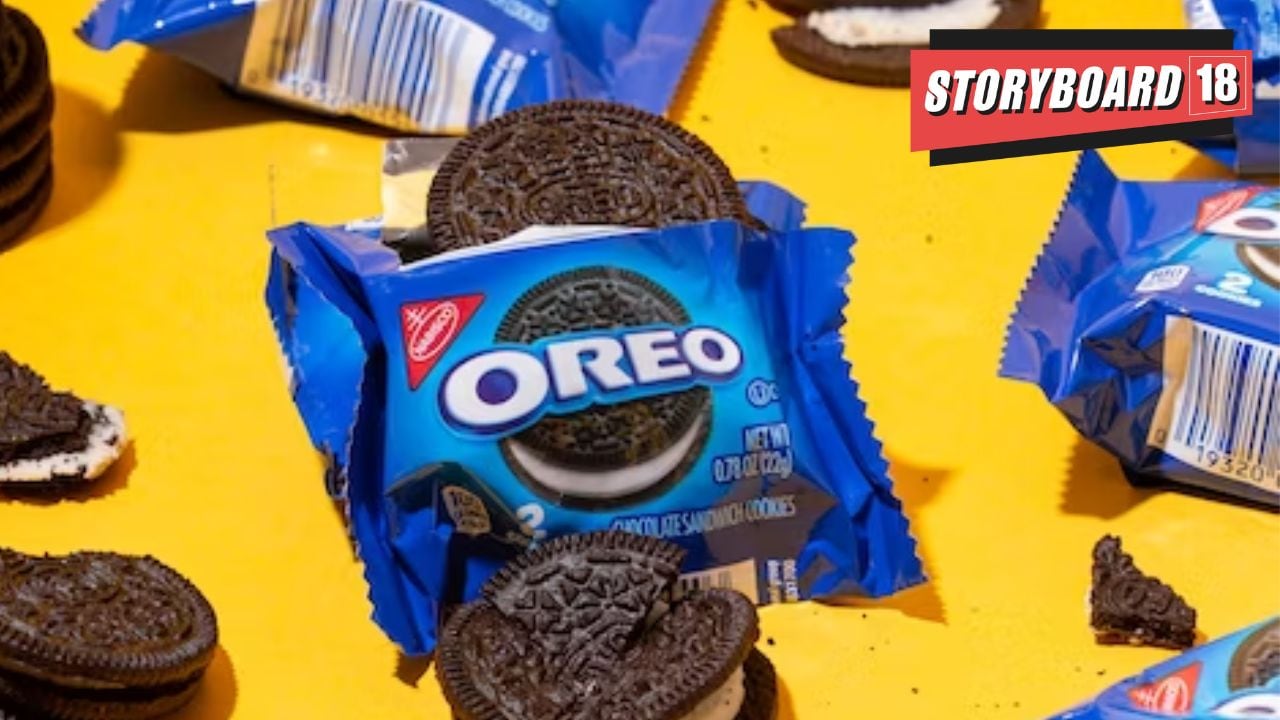Fans of Mondelez’s Oreo biscuits are miffed. Many of them claimed that the layer of the cream inside the cookie has been thinned out, according to a Wall Street Journal report.
The company denied downsizing the cream filling inside the cookies. However, the woes of consumers were featured on a page on Reddit called r/shrinkflation.
So, what does shrinkflation mean?
Said to have been coined by economist Pippa Malmgren in 2009, shrinkflation refers to the practice of cutting down the size or quantity of a product to maintain or slightly increase its price. As inflation accelerates, shrinkflation helps companies to cope with rising or higher input costs.
Mondelez told the Wall Street Journal that it had come up with various strategies over the years to tackle the rising cost of cocoa and sugar. These included increasing wholesale prices, curbing discounts and adjusting package sizes.
Storyboard18 touches upon the history of Oreo, its rise to prominence in India, and other Indian products that took the route of shrinkflation.
Oreo origins
Oreo was introduced on March 6, 1912, celebrated as National Oreo Day, as ‘Oreo Biscuit’ by the National Biscuit Company (now known as Nabisco). The cookie was created by Nabisco’s principal scientist, Sam Porcello, who was referred to as ‘Mr. Oreo’. It was soon dubbed the bestselling cookie of the 20th century.
Indonesia, China, Venezuela, Canada and the US were the top five countries in terms of Oreo sales, according to a report released last year.
In 1921, the Oreo Biscuit was renamed the Oreo Sandwich and then it was rebranded Oreo Creme Sandwich in 1948. The original packaging of the biscuit, which was in gold, became known as Oreo Chocolate Sandwich Cookie in 1974.
Since 2012, the Oreo brand has been owned by Mondelez International and in November 2011, it received the Guinness World Record for the world’s biggest-selling cookie, with sales in excess of 500 billion since its introduction in 1912.
Before the slogan ‘Milk’s Favourite Cookie’ became well-known in 2004, ‘Oh! Oh! Oreo’ was the first slogan and jingle, introduced in 1950. From the 1980s to the 1990s, the company changed the slogan five times. They were ‘For the Kid in All of us’, ‘America’s Best Loved Cookie’, ‘The One and Only’, ‘Who’s the kid with the Oreo Cookie?’ and ‘Oreo, the Original Twister’.
Popularity in India
Oreo was introduced in India as Cadbury Oreo in 2011. The biscuit, which was imported, was priced at Rs 50 for a pack of 14.
Oreo launched its chocolate cookies with vanilla cream at Rs 5 for a pack of three, Rs 10 for a pack of seven and Rs 20 for a pack of 14. Along with other media, television became the main source of communication for Oreo.
In 2019, when the final season of Game of Thrones was launched, the company came up with a limited edition cookie deriving inspiration from the show. In 2020, to ring in Halloween, it brought out a black cookie with orange filling, with a ghost that said ‘Boo!’
Oreo and PFLAG National, an organisation that supports the LGBTQIA+ community, released a limited edition rainbow cookie in October 2020.
Brands and shrinkflation
Oreo is not the only product that went down the shrinkflation route.
When inflation affected FMCG companies last year due to the Russia-Ukraine war, Hindustan Unilever and Haldiram downsized their offerings and introduced cheaper products.
A pack of Haldiram’s Aloo Bhujia was reduced to 42 grams from 55 grams. A Rs 10 bar of Vim soap weighed 135 grams compared with 155 grams earlier. Hindustan Unilever introduced Lifebuoy soaps at between Rs 10 and Rs 35.
Nestle, too, reduced the size of its Maggi instant noodles pack to 55 grams from 80 grams.
